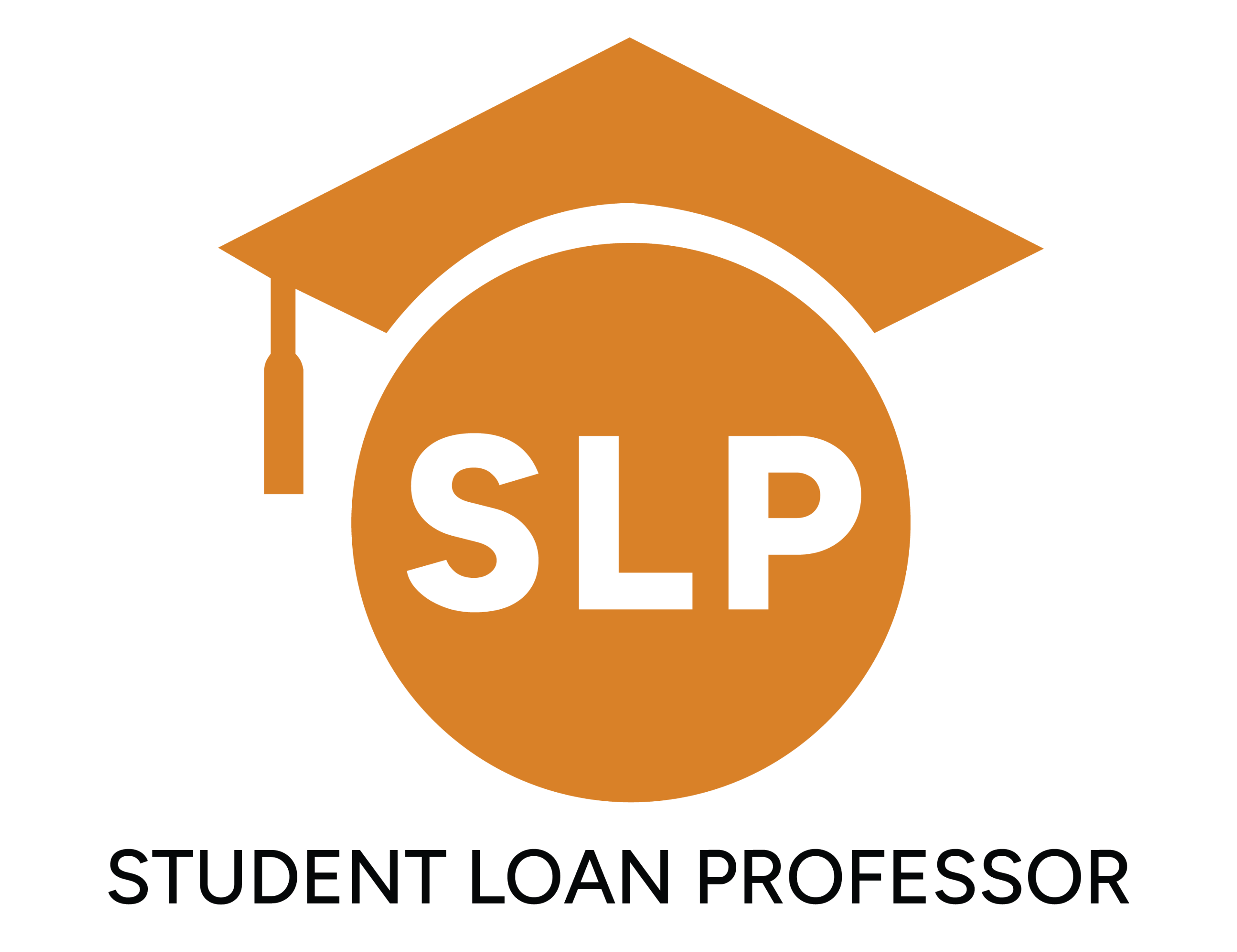After months of reporting on the issues we’ve faced in dealing with loan servicers as they arose from the CARES Act interest and payment halt, we decided to summarize them all in one posting for our valued readers.
Before we begin, let’s first explain all that CARES entails for federal student loan borrowers. Passed in March of 2020, the CARES Act had several student loan-specific provisions:
- No interest accrual on any Federal Direct Loan
- No payments required on any Federal Direct Loan
- No Income-Driven Repayment (IDR) recertifications due on any Federal Direct Loan
- For those in an IDR plan, and working a qualified job, each month of CARES deferment/forbearance counts as one qualified payment towards the Public Service Loan Forgiveness (PSLF) program.
While on the surface, a blanket halt of interest and payments for everyone would seem easy to administer. However, the complexity of the nuances around such dramatic and unprecedented relief have caused the loan servicers to commit errors and create unnecessary confusion for borrowers. Here are the top 5 issues we’ve experienced:
- Errant Notices to Recertify
During the first six months of the CARES Act several “batches” of borrowers continued to receive notices that their IDR payment plans were due for renewal. Depending on how much they knew about the CARES Act at the time, some borrowers did recertify (not knowing any better), while others called their servicers for clarification. The answers they received partially depended on who picked up the phone, as well as what was showing on their accounts. Some of the reps were well-trained on the CARES Act provisions and rightfully told the borrowers no recertification was due. Others were not as well-informed. They relayed the account information on the screens, and advised the borrowers to recertify. These “batches” of borrowers who received the letters (in error) did so because their accounts had not been updated. Why this loophole occurred, we have no idea. Whether you recertified or not over the past year, your account still requires no payment until February 1st, 2022.
2. Recertifications are Inconsistent
Have you been wondering for the past 18 months when your IDR recertification will be due? Yeah, so have we! There seems to be no rhyme or reason with the dates that have been applied to borrowers’ accounts. Some still show the original dates (long past due), others show dates pushed out to 2023, while some show no dates at all. The truth is that no one knows. It became obvious last spring the end of the CARES Act was going to be a moving target. So some lenders opted so simply push dates out to 2023, likely to avoid recertification letters from going out. If you call in to ask, once again, your answer depends on who picks up the phone. Some reps are reading the screens and assuring borrowers that their dates are an exact date in 2023. Others are being more insightful and saying that the dates will likely be updated now that the CARES Act truly appears to be ending.
Rest assured, we have learned a guideline from our contacts at various loan servicers. A word of caution, however, as this is not official policy yet: “Borrowers who have an (IDR) anniversary date within 6 months of the end of the forbearance will be given an extra 12 months if they don’t recertify.”
What on earth??? Let’s break this down:
The CARES Act ends on Jan 31st. If your original recertification was due between Feb 1st and July 31st (of 2020), they will give you an extra 12 months to submit your recertification. Notice they didn’t say your recertification date will change to 12 months later. It seems you may be getting 90 day letters to recertify quite soon, but perhaps some sort of grace period is extended. It’s too early to say for sure.
We encouraged most of our clients to recertify between Nov 2020 and Feb 2021 if they could use 2019 taxes to demonstrate significantly lower incomes than 2020 or 2021 taxes will. If you’re offered any sort of extension, we recommend putting some thought into your timing of income documentation to use it to your advantage. Timing the income documentation has always been a critical component we use to help our clients save money.
3. PSLF Tracker Not Counting Forbearance as Qualified Payments
Of all the things confusing borrowers during the CARES Act, this was easily the most worrisome. While we knew that the pause would count towards PSLF, the “pause payments” weren’t initially showing up for the first 6 months or so. Furthermore, many reps seemed to not understand who qualified for PSLF credit and who did not. Luckily, these issues seem to now be resolved. If you submit a PSLF certification, the letter you get back should show your full PSLF credit, to include the payment pause. But let’s take a moment to explain who does not get credit during this time:
The rules stated that anyone who was currently enrolled in a qualified payment plan at the time CARES rolled out would get credit. Initially, it seemed that the new 2020 grads would be left out. But that did not pass the sniff test for us, so we did some digging and eventually figured out that anyone who enrolled in a payment plan would then start getting credit. That’s good news for proactive borrowers who took the time to enroll in a payment plan, but NOT for those who graduated, rode out their 6 months of grace period, and simply let their loans go right into the CARES forbearance. It is our understanding that if you are a 2020 or 2021 graduate, and you did not proactively consolidate or apply for a payment plan, you are not getting PSLF credit during this time. In our view, it seems unfair to punish borrowers who didn’t know this, and we hope the Department of Education (ED, for short) will award recent graduates forgiveness credit for the entire CARES period. We’ll just have to wait and see… and when we know, you’ll know.
4. Servicer Changes Notices Lacking Guidance
This isn’t technically related to CARES, but FedLoans announcing their departure from federal loan servicing during CARES adds another layer of uncertainty and confusion for borrowers. Nearly 9 million borrowers (and the vast majority of our clients) are with FedLoans because of their positioning for PSLF. That raises the question, who will take over the PSLF contract? That has not been announced yet. As such, PSLF candidates are in a holding pattern trying to figure out who will become their servicer and how the transfer will take place as CARES is winding down. FedLoans didn’t do anyone any favors when they sent out letters to everyone back in August notifying them of the departure, and telling them they need to pick a new servicer. We received many inquiries when those letters went out from people saying they were being forced to choose a new servicer and didn’t know who to choose. But if you go back and read the letter, it doesn’t say you have to choose a new servicer NOW. It’s simply a notice that a change is coming, and to make sure your contact information is current for the impending changes.
5. Poor Communication / Lack of Availability
Pre-CARES, the servicers (especially Fedloans) had improved (meaning, shortened) their hold times when you called in; they also started offering more options for digital communications. But when COVID forced people out of the office and then the CARES Act passed, customer service and communications were dramatically impacted. We’ve heard many reports of severe staff shortages and call times over an hour. We’ve had clients ask for supervisors and told none were available. Waiting on a PSLF review to fix your missing payments? You’ll be waiting a bit longer. We’re pretty confident that staff shortages and the FedLoans announcement played a major role in the President’s decision to extend the CARES act this final time. Moreover, we’re hopeful that a transition to a dedicated new servicer will improve customer experiences over time. We can engage in wishful thinking, right??
Summary
To summarize, while the CARES Act was well-intentioned and continues to provide much-needed relief to millions, the loan servicers have dropped the proverbial ball in several areas. The good news is, if you’re getting this email, CARES has likely provided you substantial savings over the past 18 months.
What do we suggest you do from here? No doubt, you’ll need to ensure everything is in order before you enter repayment in February:
- If you’re a DWOQ annual client, keep reading this regular content for all the latest marketplace updates. If you have any questions, simply contact your advisor to get answers or schedule a consultation to review your account. You can also contact Help@slplive.wpengine.com if you’re not sure who your advisor is.
- If you’ve worked with us in the past, but have not let us review your account in a while, this is an excellent time for a renewal consultation so we can update your strategy and answer all your questions. Click here to register and use coupon code “CARES25” to claim your discount.
- Finally, if you’ve never done a comprehensive student loan consultation with us, there has never been a better time to assess your options and get a strategy in place. Click here to learn more and register.
Brandon Barfield
President & Co-Founder
Brandon Barfield is the President and Co-Founder of Student Loan Professor, and is nationally known as student loan expert for graduate health professions. Since 2011, Brandon has given hundreds of loan repayment presentations for schools, hospitals, and medical conferences across the country. With his diverse background in financial aid, financial planning and student loan advisory, Brandon has a broad understanding of the intricacies surrounding student loans, loan repayment strategies, and how they should be considered when graduates make other financial decisions.



![Our Honest Thoughts On Aidvantage Student Loans [For 2025]](https://www.studentloanprofessor.com/wp-content/uploads/2024/10/SLP_fallback_2-no-logo-400x250.jpg)

